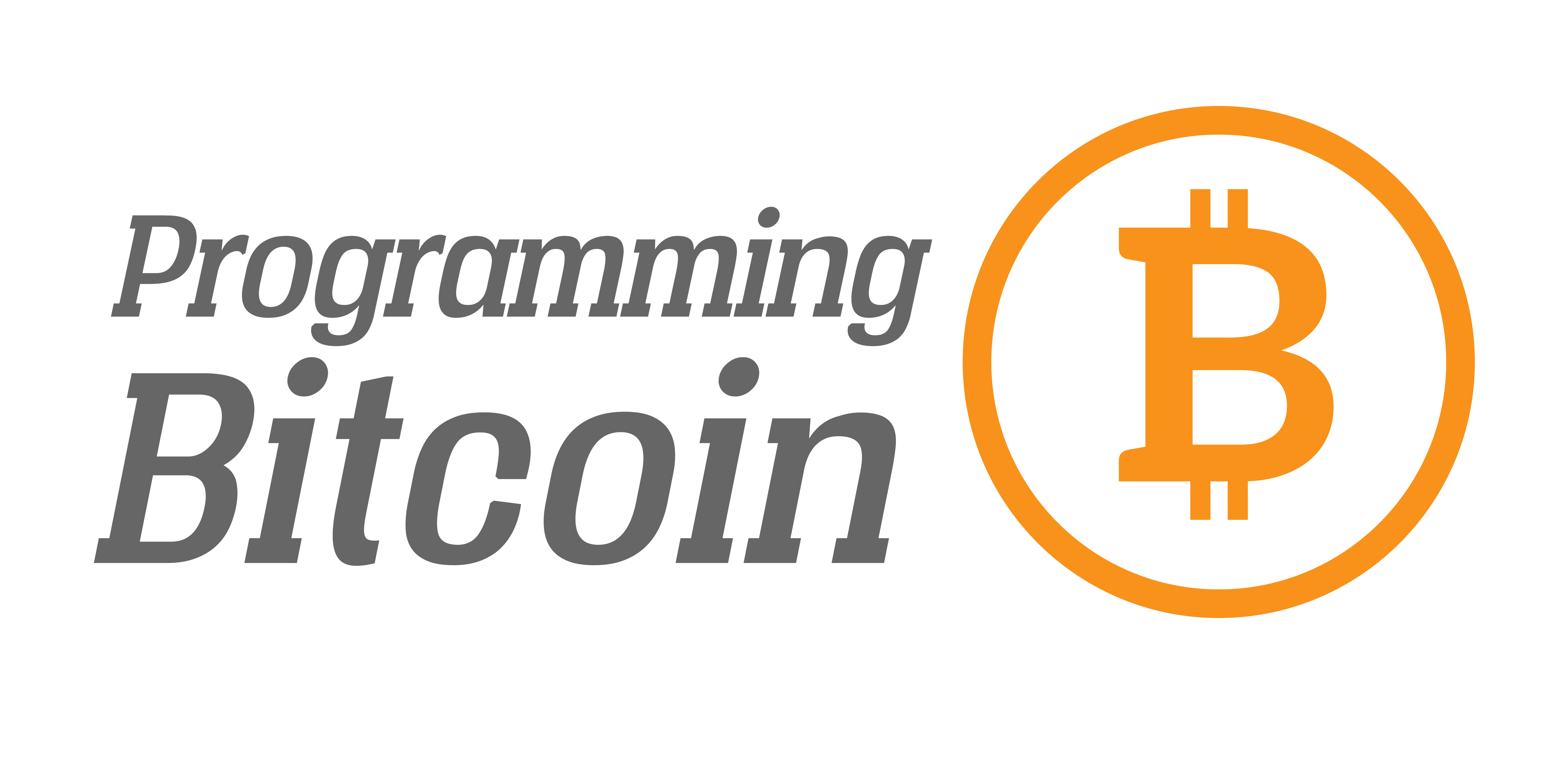The Fee Market Explained
Roger Ver and Richard Heart had quite an interesting debate last week. One of the points of debate was whether fees should be high or not. In this article I’m going to explain why fees are high, why that’s the result of a market process and how that gets affected by block size.
Socialized Costs
One of the concepts that’s hard to understand from an economic perspective is the concept of socialized costs. For example, a shoe factory may be making lots of money, but polluting the environment around them. The cost of the pollution is borne by everyone, not just the factory and is thus a socialized cost.

This is different than privatized cost, like the materials the shoe factory pays for to produce shoes, such as rubber, cloth and plastic. That is not a cost the people around them pay, only the factory.
Data as Cost
The Bitcoin ecosystem has its own set of socialized costs, as everyone running a full node has to receive, send, store and maintain the entire blockchain. Any particular transaction has a relatively small size (~300–1000 bytes), but over time and over millions of transactions, this cost grows and is paid for by everyone.
When transaction costs are low, the incentive is to use the transaction system as a data store. This is undoubtedly good for somebody, but the cost of doing so is spread out to everyone. Indeed, blockchain as storage has been abused in the past. Someone actually put the entire Satoshi Whitepaper PDF in the blockchain!
Enter Fees
Having a fee market prevents this abuse. Miners naturally will choose the transactions that have the highest fees per byte as this will maximize their revenue. Miners are thus incentivized to only put transactions with the highest fees on the blockchain. This prevents the abuse of a public resource.
Larger blocks increase the supply of block space, thus decreasing price, which in this case are transaction fees. Smaller blocks decrease the supply of block space, increasing price. Fees are the regulating mechanism to the use of the blockchain.
That’s not to say that $5 transaction fees are the right price point, but it’s surely not $0. Cheap transactions open up too large an attack surface by socializing the costs of transmission and storage to everyone. In other words, the fees are not just paying for the transaction itself, but also for the permanent record of that transaction kept by the entire ecosystem.
Lastly, the block reward halves every 4 years and the block reward is projected to be smaller than the fees per block in about 7 years. The economic incentive structure for miners in the future depends on a fee market existing.
Conclusion
Ideally, the people bearing the costs of storage would get some benefit out of the costs they are paying. No one has found a good way to compensate those people, which is probably why the Bitcoin full node count isn’t that high relative to the number of users.
In other words, we don’t know what the ideal system is, but we do know that $0 transaction cost is not optimal. At the very least, the current fee structure helps to prevent abuse of the blockchain, which is a public resource. Much like a factory which gets taxed for polluting has an incentive to not pollute as much, fees prevent the abuse of utilizing the blockchain as pure storage.
Want to get curated Technical Bitcoin News? Sign up for the Bitcoin Tech Talk newsletter!


Comments are closed